Everything You Need to Know About Acrylic Painting
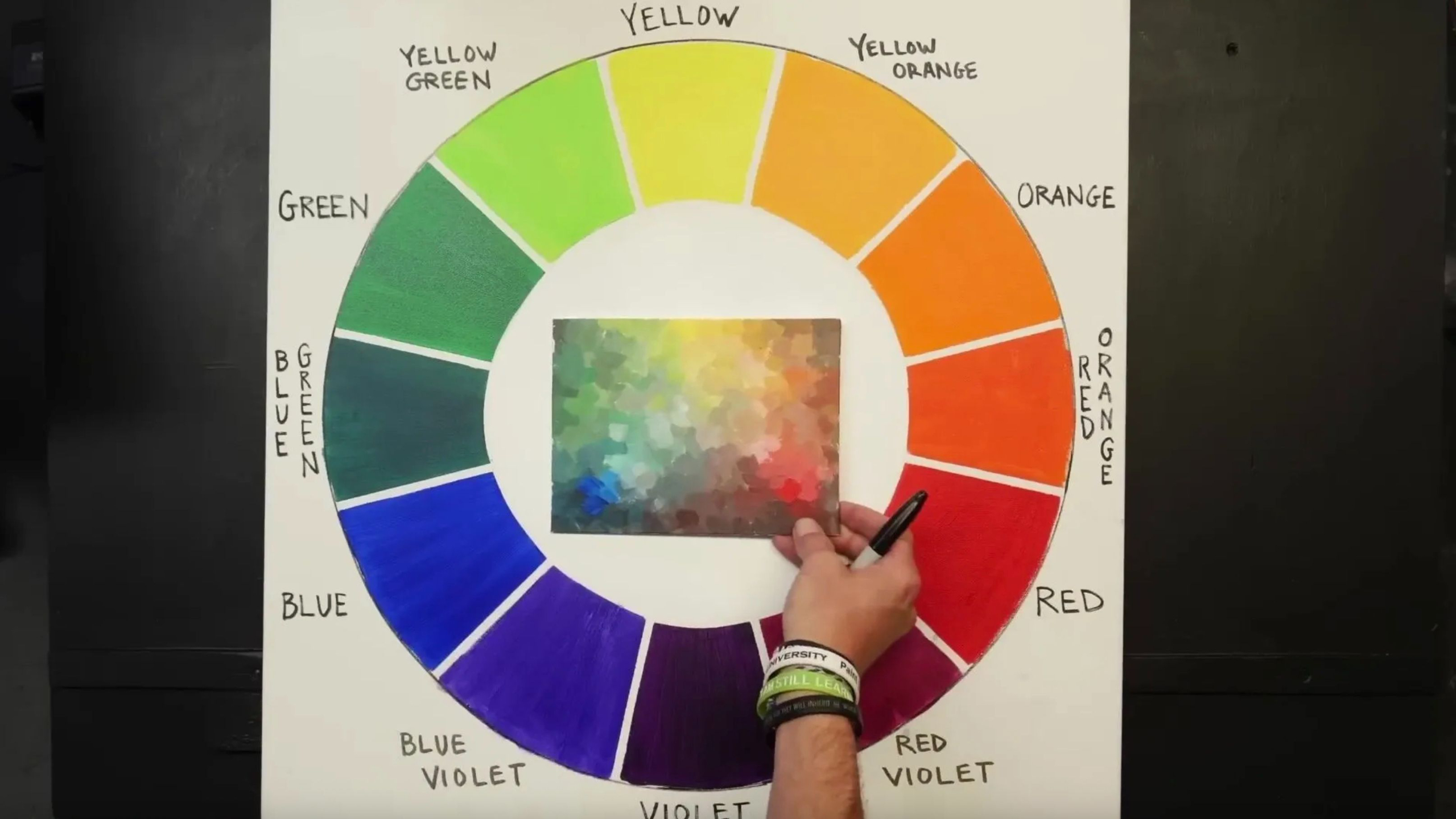
Everything you need to know about acrylic painting
Acrylic paint is a versatile medium that allows artists to bring their artistic vision to life. It offers the flexibility to create detailed work, layering, and textured impasto techniques. Not only is acrylic paint less expensive than oil paint, but it also provides great value for your money. In this article, we will explore the basics of acrylic painting, including color selection, types of paint, painting surfaces, brushes, palettes, and the painting process.

Take our FREE Beginner Course 👈👈
Choosing Colors
When it comes to choosing colors for your acrylic palette, you don't need to buy a large number of colors. In fact, you can create almost any color you want with just a few pigments. I recommend starting with a yellow, a red, and a blue, along with white and black. With these primary colors, you can mix a wide range of hues.
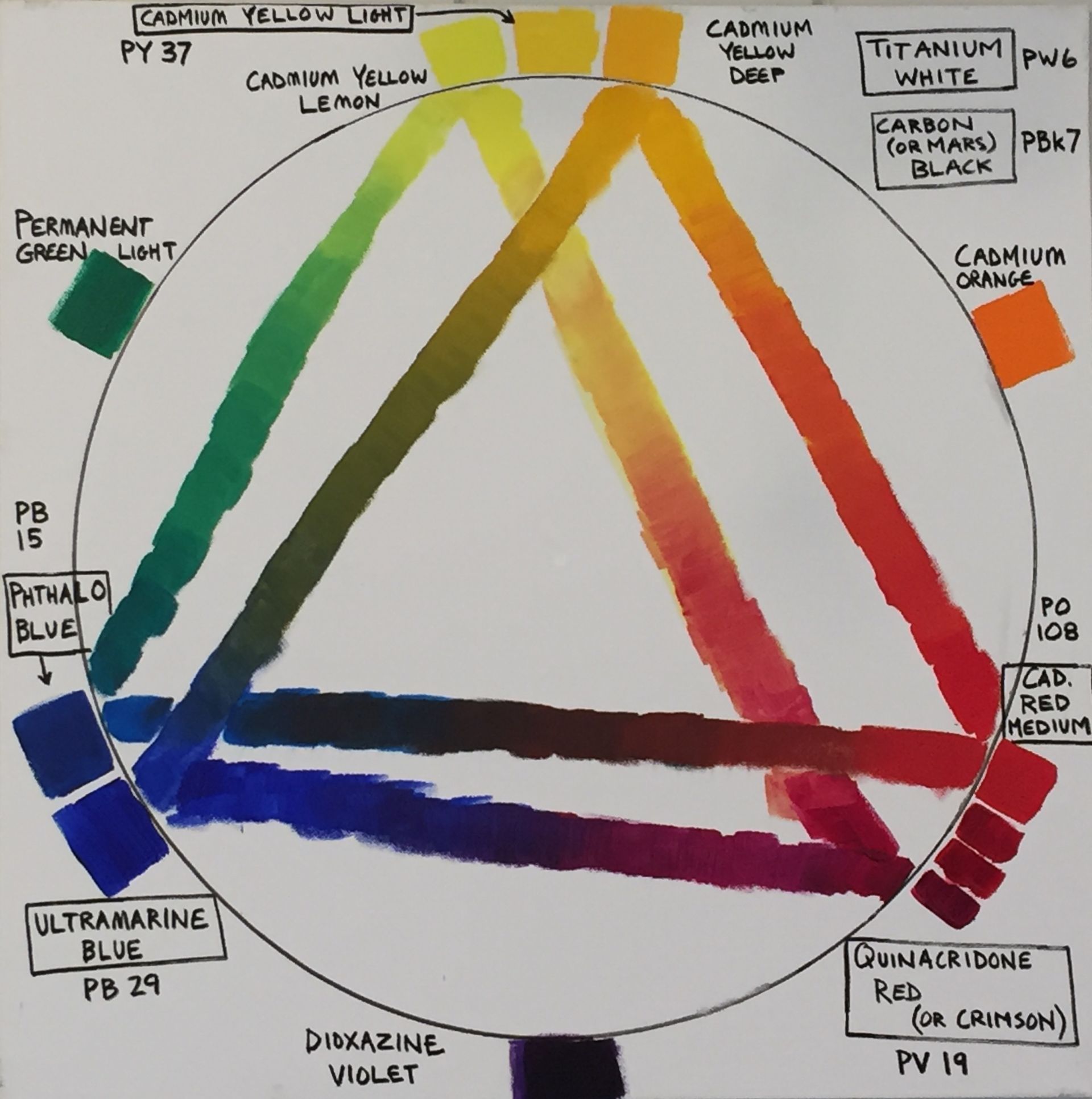
It's important to note that there are different variations of each primary color available in the market. Each combination of different primary colors creates a nuanced and unique shade. If you're unsure where to start, I recommend using cadmium yellow light, cadmium red, ultramarine blue, titanium white, and Mars black. However, the use of black in art is a topic of debate. Some artists argue that it can muddy colors and create an unnatural look. Ultimately, the decision to use black is up to you and your artistic preference.

If you want to create your own deep, dark black alternative, my favorite combination is phthalo green plus cadmium red. This mixture creates a beautiful and rich black. However, be cautious when using phthalo green, as it is a strong color and can easily overpower other pigments.
Types of Acrylic Paint
Acrylic paint comes in different consistencies, including heavy body, medium or soft body, and fluid acrylics. Heavy body acrylics have a thick consistency and are ideal for palette knife work or creating textured effects. Medium or soft body acrylics have a medium consistency, providing a balance between heavy body and fluid acrylics. Fluid acrylics, as the name suggests, are very thin and are great for creating washes and glazes. Personally, I use heavy body acrylics for my paintings.
Student Grade vs. Artist Grade Paint
When shopping for acrylic paint, you may come across student grade and artist grade options. The main difference between the two is the amount of binder and pigment in the paint. Artist grade paint contains a higher concentration of pigment, resulting in better coverage and color intensity. I always recommend investing in artist grade paint whenever possible. However, if you're on a tight budget, make sure to at least get artist grade paint for titanium white and any yellow you use, as student grade cadmium yellow does not provide sufficient coverage.
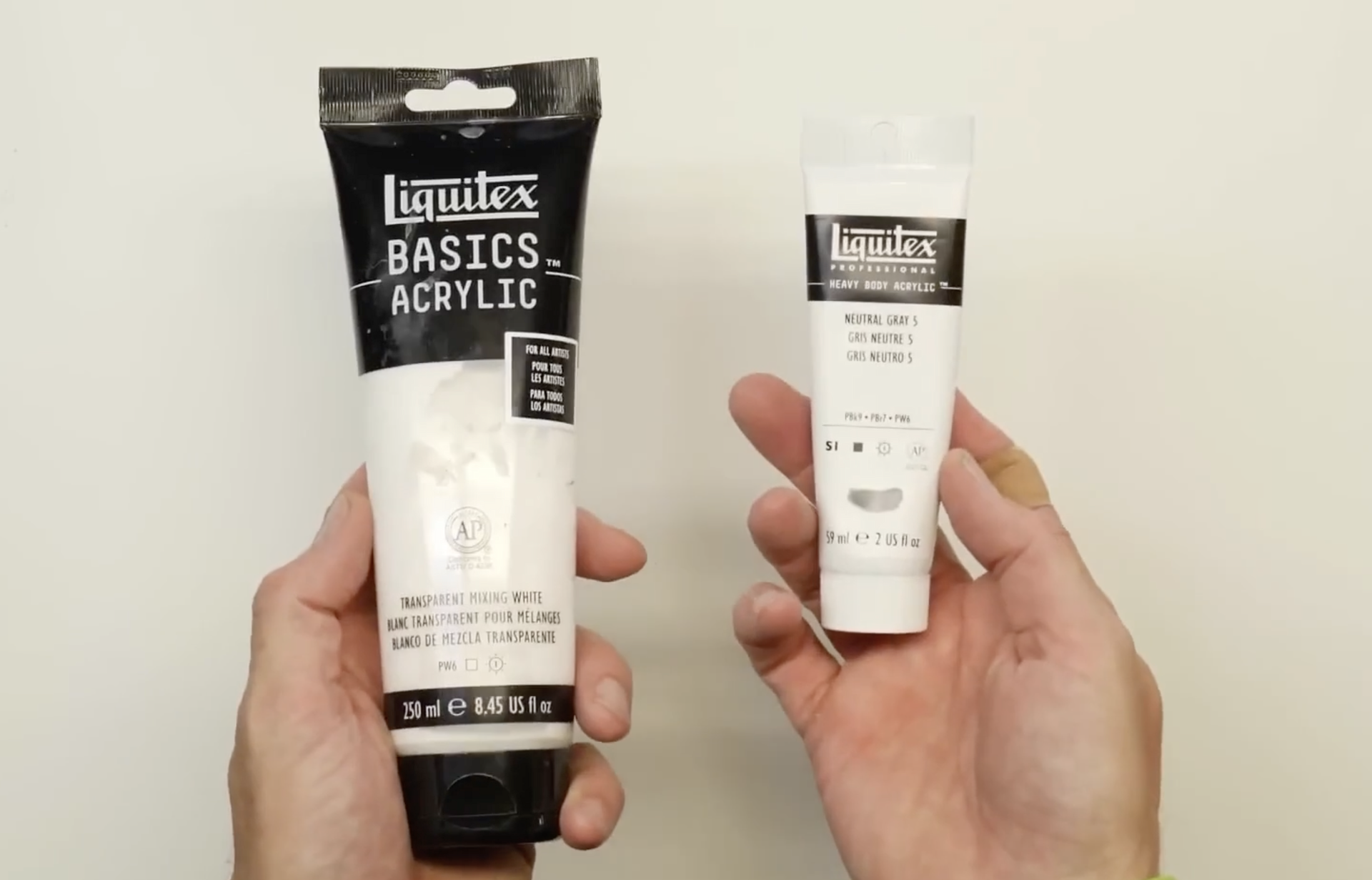
Painting Surfaces
Acrylic paint can adhere to a variety of surfaces, giving you plenty of options for your artwork. The most popular surface for acrylic painting is canvas, which is versatile and comes in various sizes and mounted options. Canvas panels are also a great option, as they are lightweight and easy to transport. If you prefer a smoother surface, you can paint on wood or MDF (medium-density fiberboard). Just make sure to apply a layer of gesso to prepare the surface for painting.
Gesso: The Acrylic Primer
Gesso is an acrylic primer that prepares your surface for painting. Most canvases bought from stores already have gesso applied, so you don't need to buy gesso unless you're painting on wood or MDF. Gesso creates a smooth and even surface for your paint to adhere to, ensuring better color vibrancy and longevity.
When it comes to brushes for acrylic painting, it's best to use synthetic brushes. Natural hair brushes, such as those made from hog bristle, are not suitable for acrylic paints. This is because natural hair brushes soak up water when cleaning, which can cause them to become misshapen and lose their effectiveness. Synthetic brushes, on the other hand, are designed to withstand the water used to clean off acrylic paint.
There are different types of brushes available, including flats, filberts, and rounds. The choice of brush type ultimately comes down to personal preference. I recommend buying a few brushes to start with and experimenting to see which ones you prefer. Princeton's Catalyst and Aspen series are both excellent options that offer high-quality synthetic brushes.
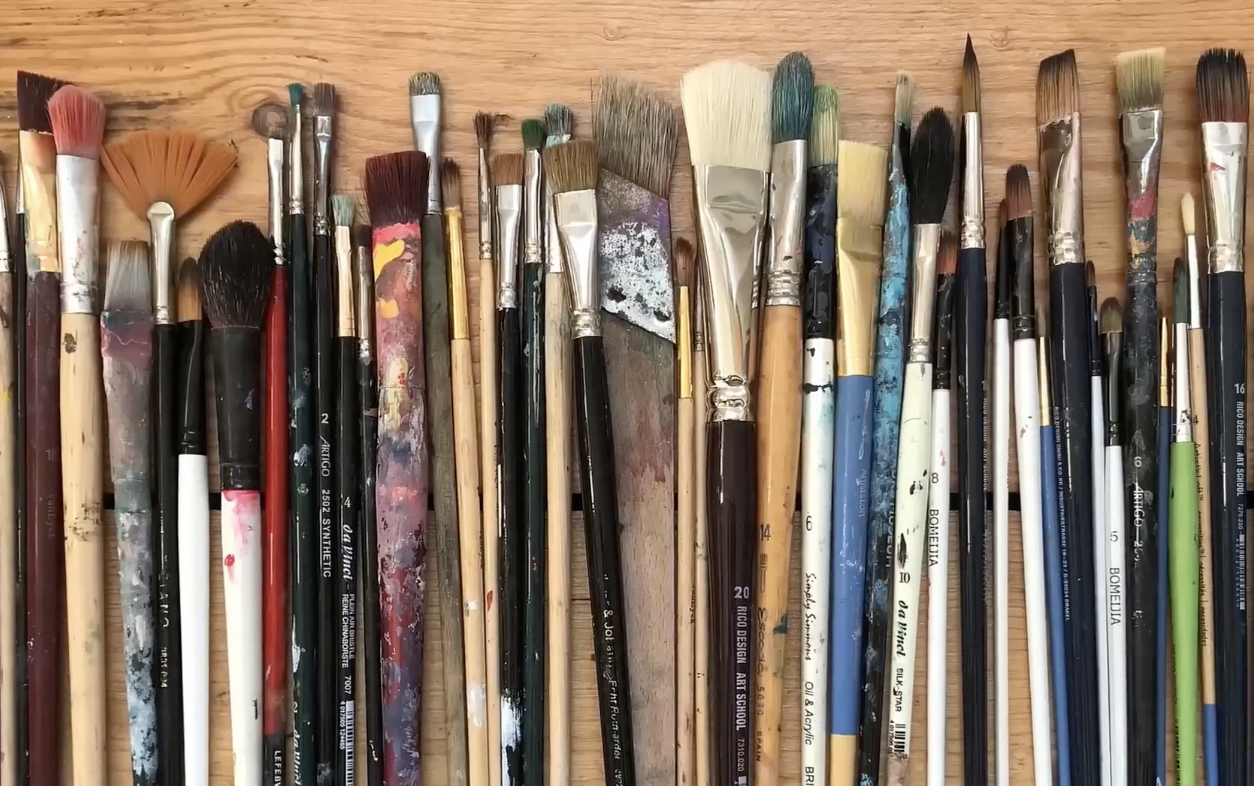
The Palette: Masterson Sta-Wet Palette
While you can use anything from a paper plate to glass as a palette, I highly recommend using the Masterson Sta-Wet Palette. This palette comes in different sizes and has a lid that can be sealed to keep your paints wet. It also comes with a special type of paper that soaks up water without deteriorating. Underneath the paper, there is a sponge that can be wet with water to keep your paints moist for a longer period of time.
For a detailed set-up guild for this palette, check out our article here!

The Masterson Sta-Wet Palette allows you to mix and blend colors easily, giving you more time to create nuanced and harmonious paintings. When organizing your palette, it's helpful to think about color theory and how colors mix together. Place your primary colors (yellow, red, and blue) in the corners of your palette, and mix your secondary colors in between. Add black and double the amount of white in the corners, as white is often used in larger quantities when mixing with other colors.
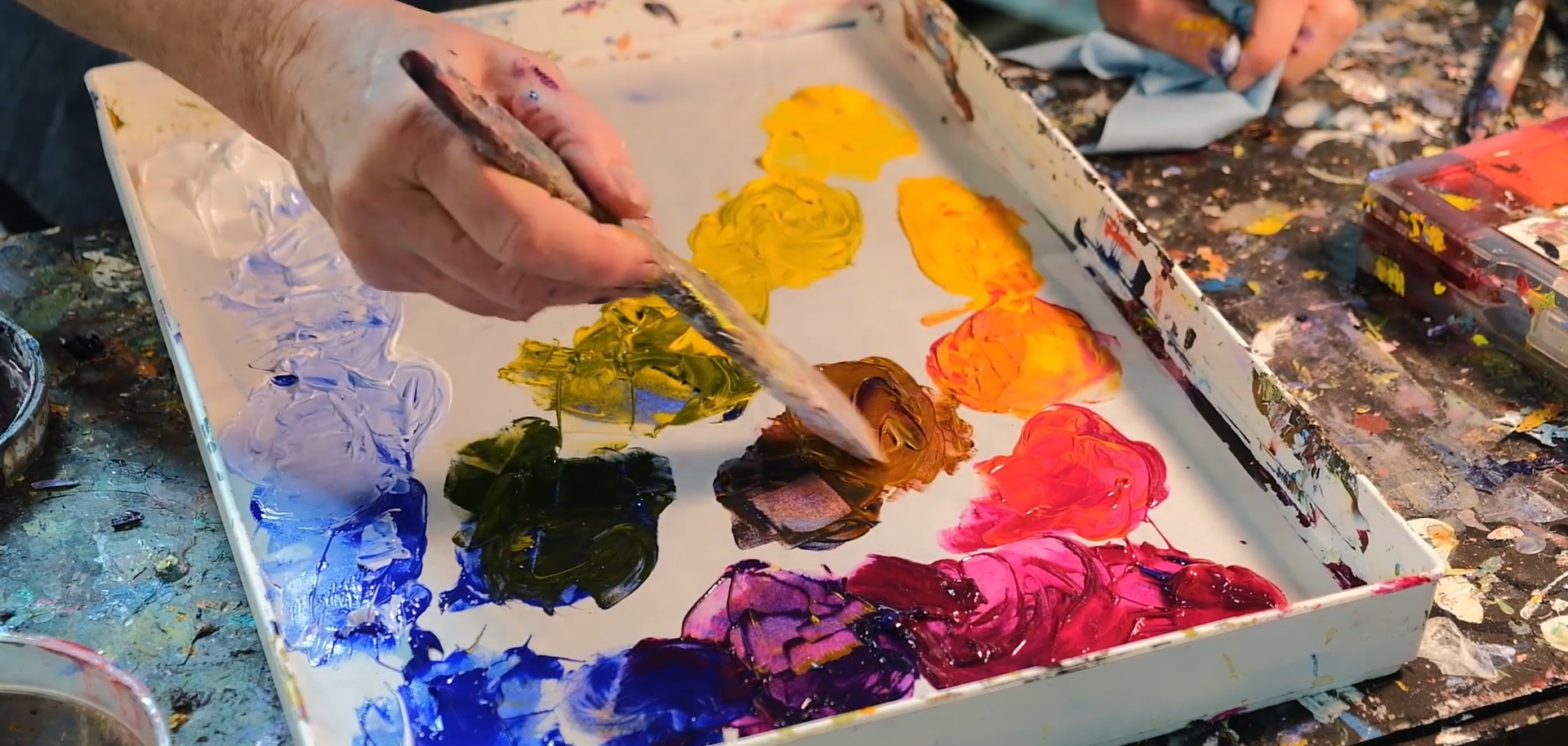
When mixing colors, consider using complementary colors to create more grayish tones. For example, mixing red with green can result in beautiful grayish colors, especially when adding a touch of white. By organizing your palette in this way, you can easily go back to a specific color and figure out how you created it.
To learn how to mix colors effectively, create small charts by making as many combinations and mixtures of colors as possible. Write down the exact colors you're using and experiment with different sets of colors. This will help you understand how different colors work together and allow you to make informed choices when painting.
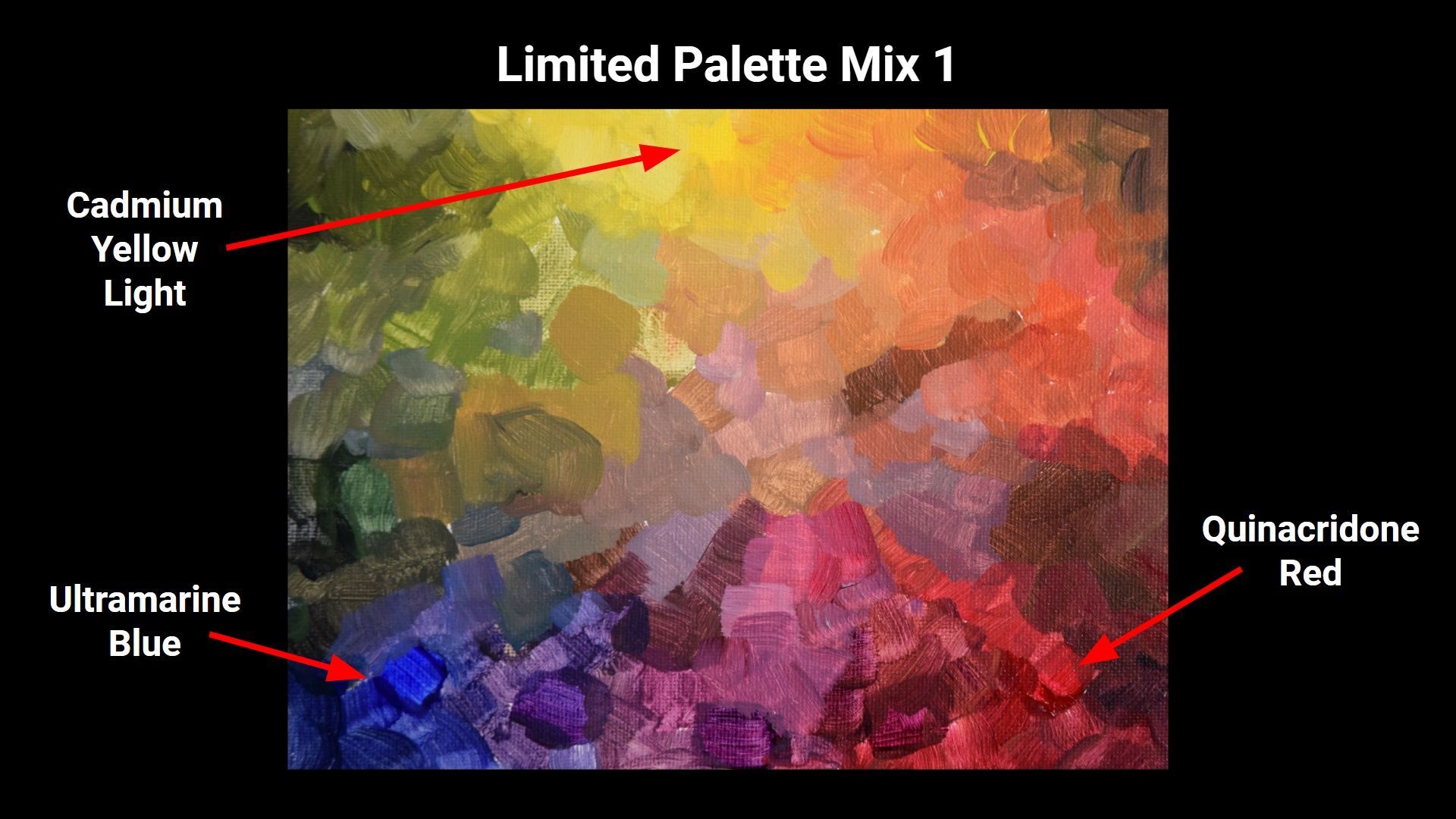
The Painting Process: A Five-Step Framework
To achieve a successful painting, it's important to plan and have a clear vision of what you want to create. The first step is to design your painting. Take a few minutes to do a thumbnail sketch and work on the overall composition and design. This will save you time and frustration later on.
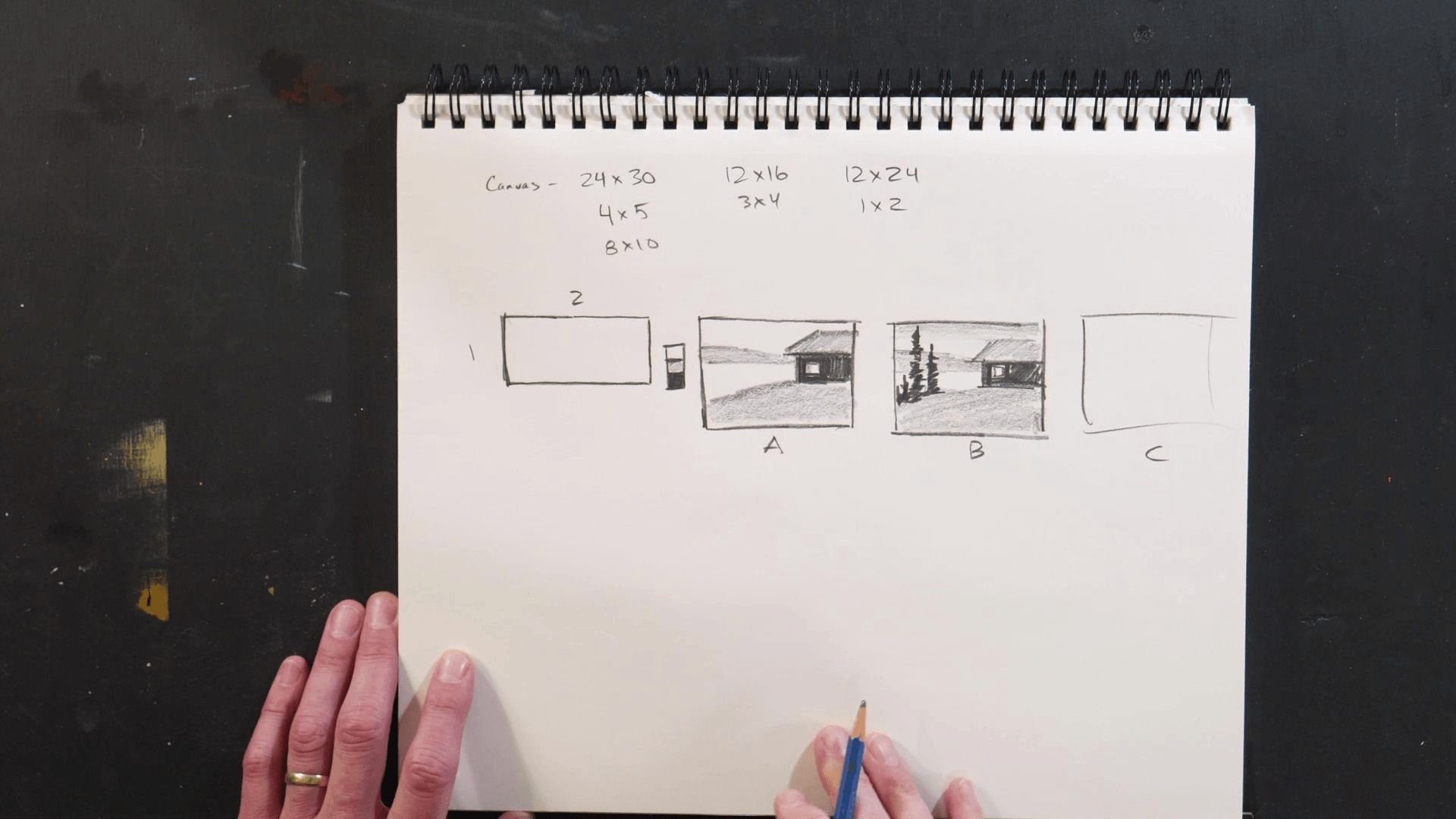
The second step is to draw your design onto your canvas or painting surface. Ensure that your drawing is accurate before moving on to the next step.
Next, block in the main colors and values of your painting. This step helps establish the overall tone and mood of your artwork.
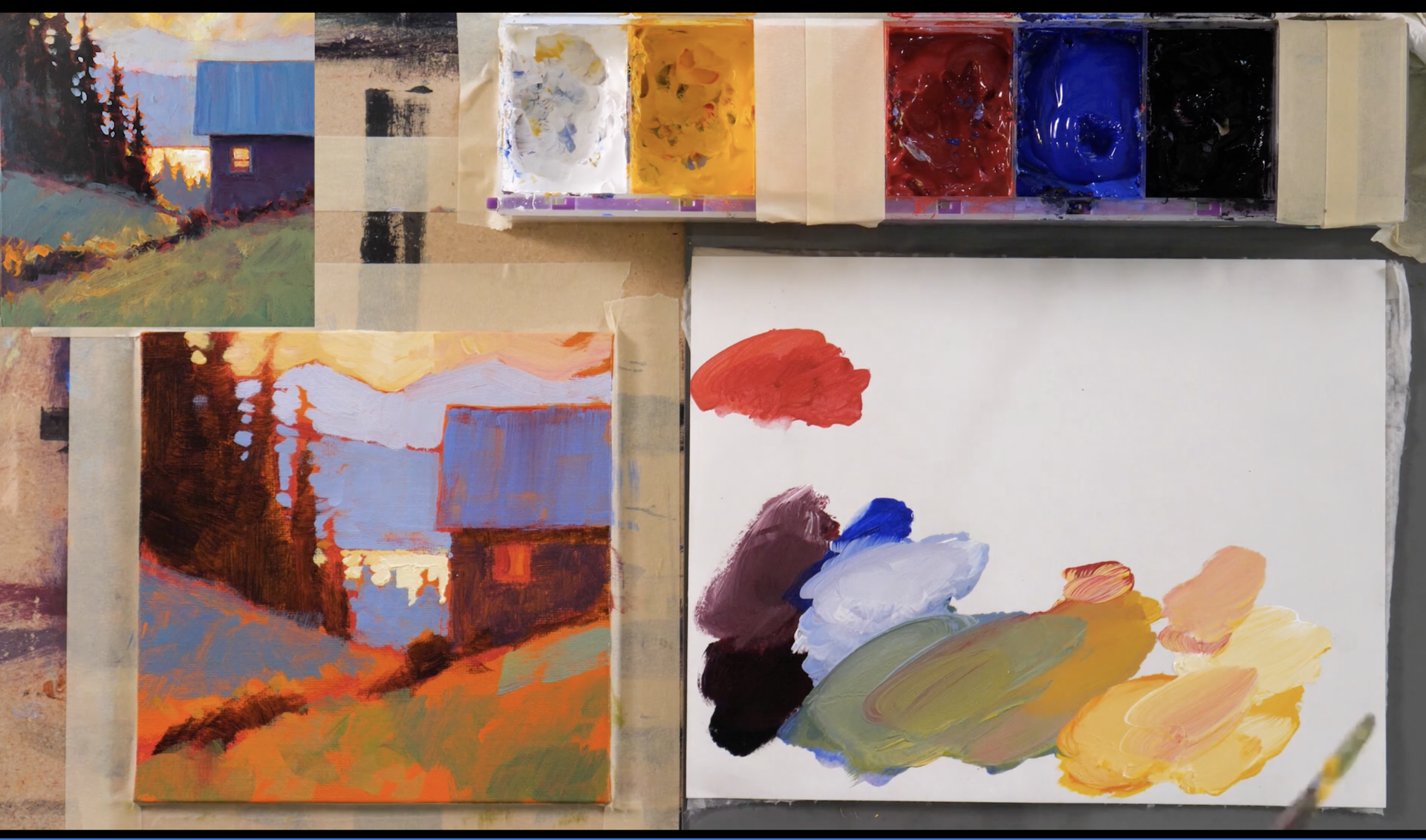
Once the main colors are blocked in, refine and adjust the values, shapes, and lighting. This is where you can add details and make any necessary corrections.
Finally, finish your painting by adding the final touches and refining any areas that need further attention. Take the time to evaluate each part of the painting along the way. If you notice any flaws or areas that need improvement, make the necessary corrections before moving on to the next step. By breaking up the painting process into these five steps, you can evaluate your progress and make adjustments as needed.
Out of all the steps in the painting process, I believe that the most important step is the first one: design. Having a strong and well-thought-out design sets the foundation for a successful painting. No matter how great your brush strokes or colors are, if the overall design is lacking, the painting will not be as impactful. Taking just five minutes at the beginning of your painting to work on the design and composition can save you hours of frustration later on.
Your Artistic Journey
As you embark on your creative journey, there are a few things that will greatly help you along the way. First, make a plan to paint and set aside dedicated time in your schedule for your artistic pursuits. Don't be ashamed to prioritize this time for yourself and your passion.
Second, find friends or a community to share your creative journey with. Painting is much more enjoyable when you have others to support and inspire you. Joining a group or finding like-minded individuals can provide valuable feedback and encouragement.
Third, never stop learning from others. Art is a continuous learning process, and there is always something new to discover. Be open to learning from other artists, whether through workshops, classes, or online resources. Embrace the role of a student, and you'll continue to grow and improve.
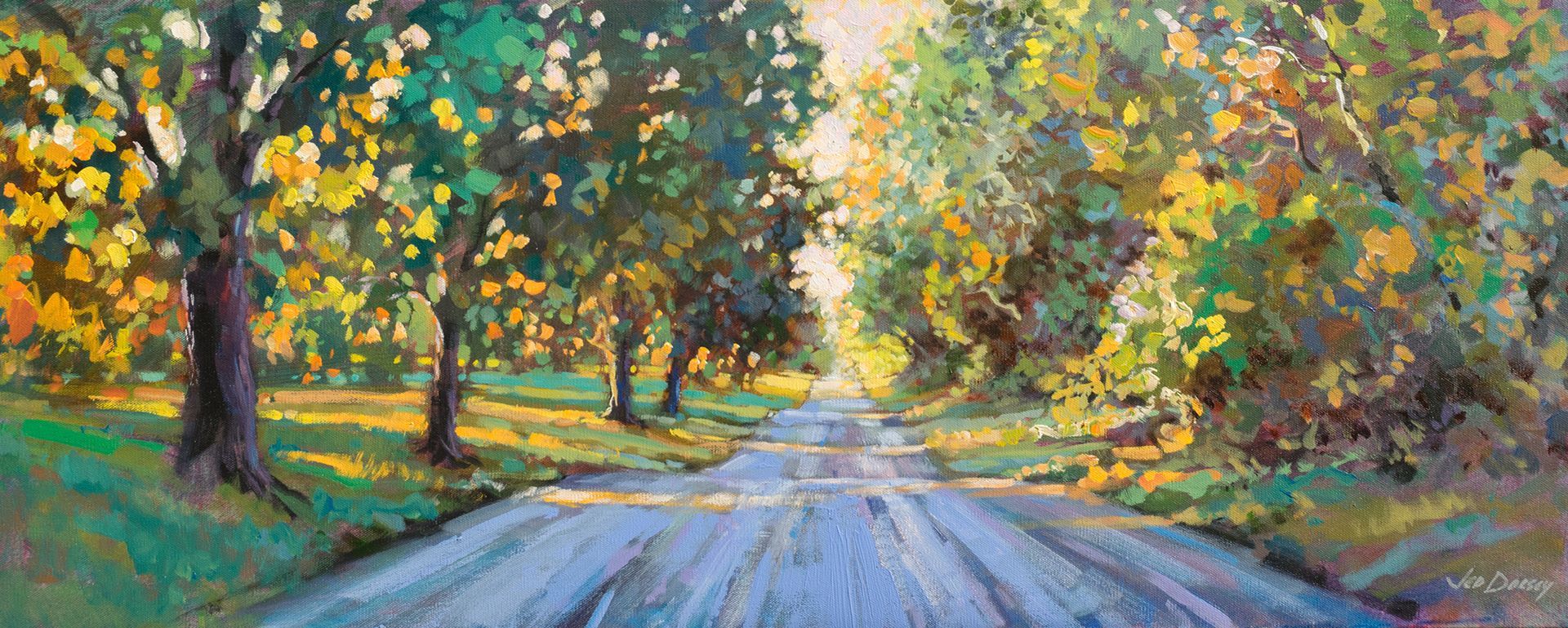
Fourth, don't be afraid to experiment and think outside the box. Try different techniques, tools, and approaches to push yourself beyond your comfort zone. Incorporate elements that you admire from other artists into your own work. This experimentation will lead to new discoveries and expand your artistic horizons.
Lastly, embrace mistakes and failures. They are an inevitable part of the creative process. Instead of being discouraged by mistakes, see them as opportunities for growth and learning. Set a goal to try new things and embrace the unexpected. By doing so, you'll open up new pathways of learning and discover new techniques and styles that you may love.
Above all, remember to have fun on your artistic journey. Painting is a creative and expressive outlet, and it should bring you joy and fulfillment. Embrace the process of growth and self-discovery as you explore your own unique artistic voice.
If you have any questions or need further guidance, feel free to email us at [email protected]. Also, be sure to visit acrylicuniversity.com, where we provide resources and encouragement for artists like you.
Remember, you are loved and believed in. Happy painting!




